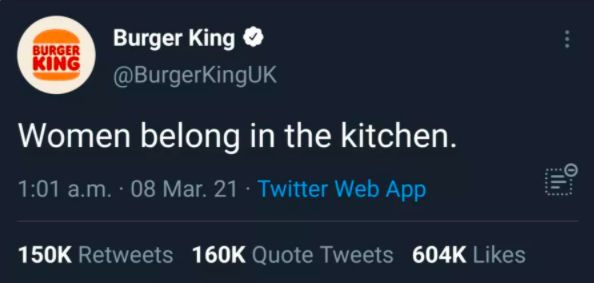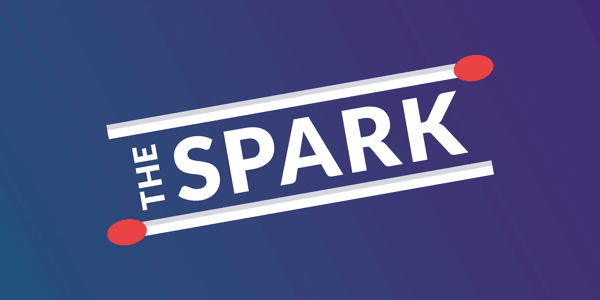Google’s Rejection“Let’s get less personal,” - a Google spokesperson in 2021, probably. The mega search giant is rejecting the industry-wide efforts to replace the third-party cookie with other types of individual tracking methods and really just having a moment to itself. That’s right … Google’s going internal with its own ad targeting and cohort tracking solution (a.k.a FLoC), which falls in line with its Privacy Sandbox initiative and vow to take a privacy-focused approach to the post-cookie world.
What’s great news for privacy-concerned consumers is not so great for brands accustomed to a cookie jar full of third-party data to support successful targeting and retargeting campaigns: Google is serious about taking the individual out of tracking data. And the Mr. Monopoly of search engines won’t cave. Google will not build or use alternate identifiers to track individual users across the web. So … advertising and targeting as we know it will never be the same, but as we’ve seen time and again, industry challenges foster innovation and creativity. Plus, you might sleep better at night knowing your customers (and future ones) aren’t wigged out by the hyper-specific ad feed.
TL;DR: Google is sticking to its guns when it comes to eliminating individual tracking and doesn’t plan to allow third-party cookie replacements to flourish.
Seal of ApprovalPut your hands together for Twitter, who just earned the Trustworthy Accountability Group (TAG) Brand Safety Certified Seal. TAG sets global brand safety standards meant to minimize the risk of ad misplacement. And while it’s not quite the same as a thumbs up from the Media Ratings Council (which Twitter is seeking), it is a step in the right direction.
Along with Twitter’s new TAG certification, the platform announced another measure that gives advertisers more control over promoted Tweets: The ability to dictate who can reply. While this capability has already been available for organic content, extending it to ads means marketers can better manage reactions to paid tweets.
The increased brand safety controls and TAG seal are wins for both advertisers and Twitter, as brands can feel more confident about their ad placements and reception. But marketers should be careful when using reply controls so as not to be accused of shutting down critics — because there’s a fine line between brand safety and brand silencing.
TL;DR: Twitter is awarded the Trustworthy Accountability Group (TAG) Brand Safety Certified Seal and has extended reply controls to promoted tweets.
Facing D&IWe all know that representation matters in marketing, but Facebook’s latest report reminds marketers just how much diverse representation in online ads benefits both people and brands.
The report highlights some surprising but also not-so-shocking realities. For example, women are 14x more likely than men to be shown in revealing clothing while men are 2.4x more likely than women to be presented as angry. These and many harmful stereotypes still abound. Cultural representation also needs some major work, as 54% of those surveyed say they don't feel fully culturally represented in online advertising.
While the report’s results are not entirely unanticipated, they serve as an important reminder of the stereotypes that are still present in modern advertising, which can have negative impacts and associations. Consumers want to see true diversity depicted more often (and more accurately) across all areas, including race, gender, sexual orientation, and people with disabilities. And audiences are paying attention — so much so that nearly 60% say they are more likely to be loyal to brands that feature diverse and inclusive campaigns. When D&I wins, we all win.
TL;DR: Facebook’s latest report about diversity and representation in advertising highlights some key areas of concern for marketers looking to maximize connection with their audiences.
What Lit Us Up
Burger King Takes the HeatBrands came out in full force on International Women’s Day to promote campaigns and initiatives encouraging gender equality. But Burger King faced a whopper (had to) amount of backlash when an ironic tweet promoting IWD was eclipsed by its provocative setup and subsequent backlash.
The now-infamous “Women belong in the kitchen” tweet was based on a print ad that ran in The New York Times on IWD, announcing Burger King’s H.E.R. (Helping Equalize Restaurants) Scholarship for female employees who want to pursue culinary degrees. While the NYT’s print ad quickly explained its headline, the tweet was the first in a thread. Most people were like “TL;DR” and shared the invidious tweet without context, leading to ire and demands that it be taken down.
Fast food restaurants have become legendary in the marketing world for clever, timely, and often satirical posts and zany content that most brands can’t pull off. But while Burger King’s valiant attempt to flip a sexist phrase and promote its scholarship was flawless as a print campaign, it provides a good reminder to marketers that not everything translates well to social media — and it's critical to be conscious of the platforms you market on and, more importantly, the way people consume content there. Because when it comes to multi-part posts, whether a Twitter thread or Instagram story, you can bet a portion of your audience may not catch the whole thing, so it’s essential to ensure each individual share can stand on its own. While BK’s campaign was a bit of a pickle, there were still countless other great IWD campaigns to mark the day. Let’s hear it for the ladies!
TL;DR: Burger King’s “Women belong in the kitchen” tweet sparked backlash and reminded marketers that not every campaign translates well to social media. (Was this email forwarded to you? Sign up here.)
|
-1.png?upscale=true&width=346&upscale=true&name=Tier%20One%20logo_color%20(1)-1.png)


